Particles could be in a superposition of different branes, say physicists.
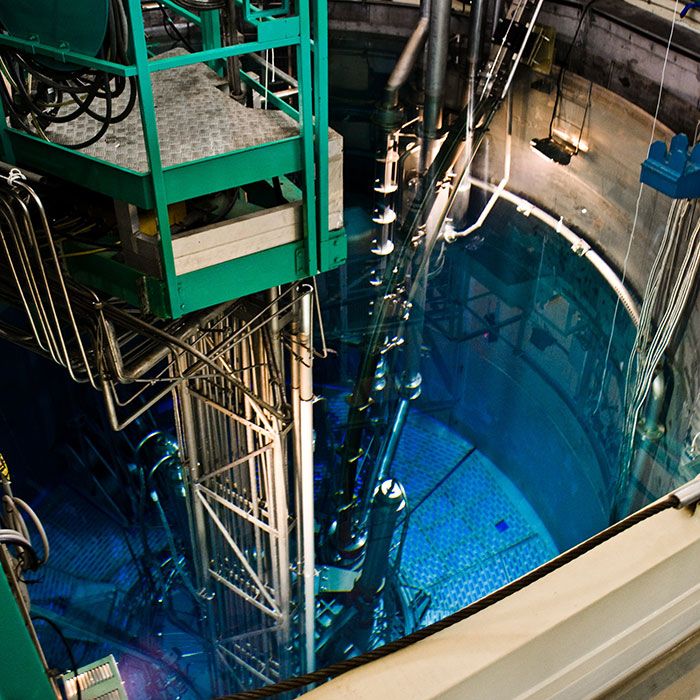

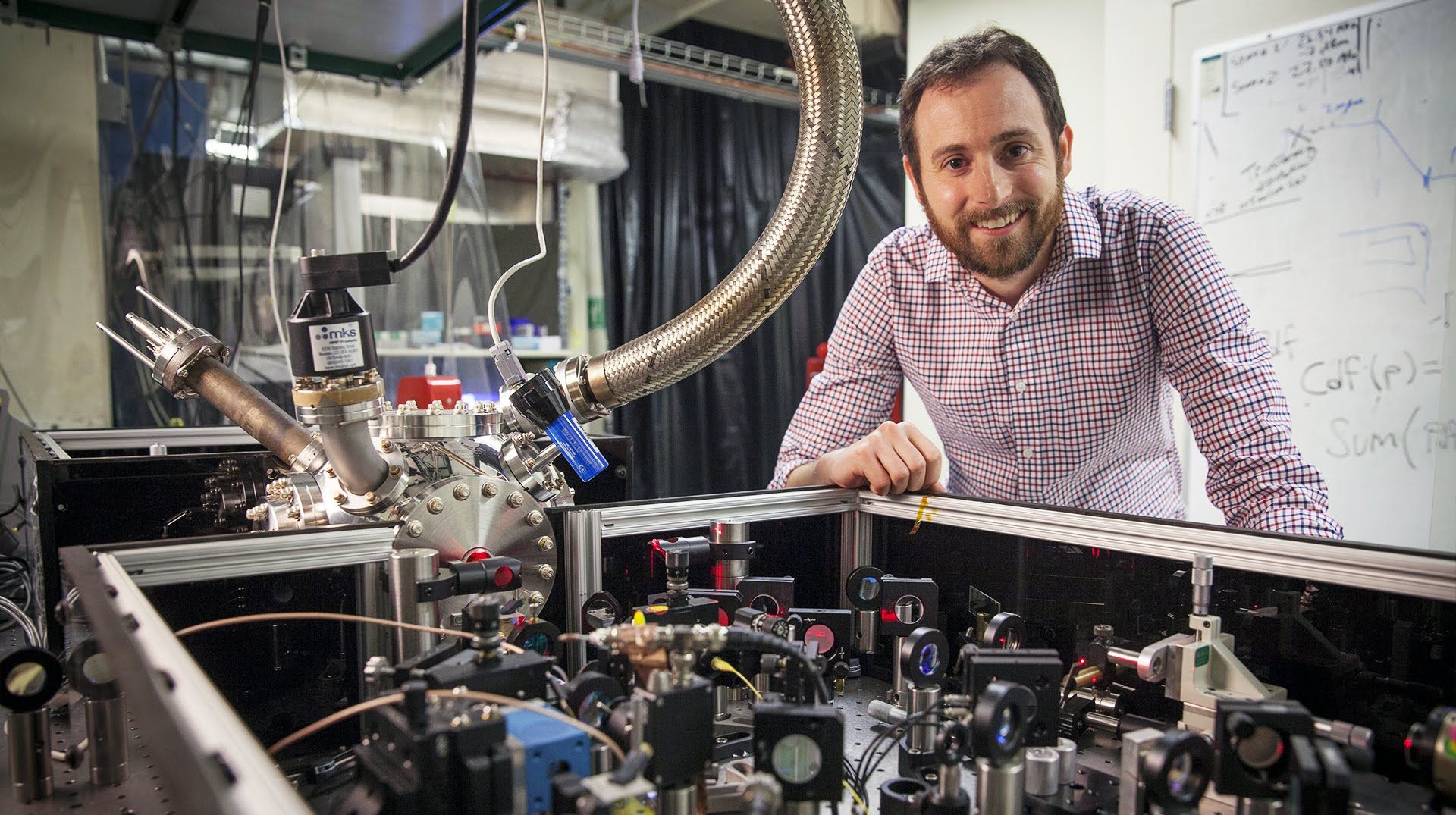
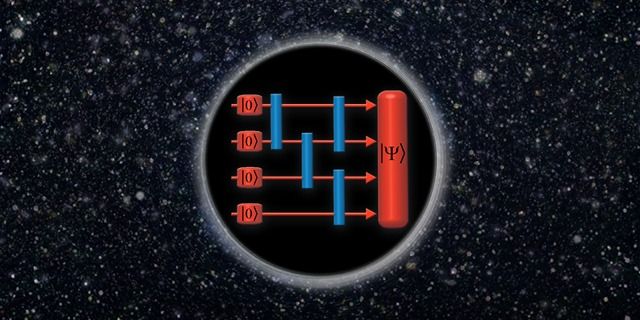
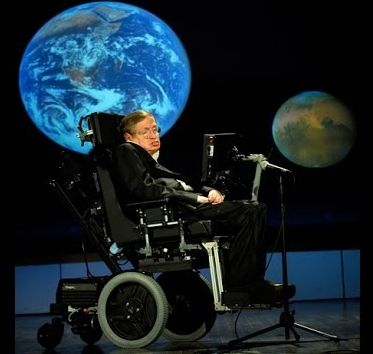
https://www.youtube.com/watch?v=T-OTbRoY1ao&feature=share
“Black holes could be interdimentional portals to other universes” — Stephen Hawking.
~~
Links:
1) VIDEO LINK: https://www.youtube.com/watch?v=enJEbzZi2Fs
2) Thumbnail image — Stephen Hawking, Wikimedia commons images.
https://commons.wikimedia.org/wiki/File: Stephen_hawking_2008_nasa.jpg
3) Music — Youtube Audio Library.
“Ambient Ambulance”
https://www.youtube.com/audiolibrary/
One of the longest standing mysteries of black holes is what happens to stuff when it falls inside. Information can’t move faster than light, so it can’t escape a black hole, but we know that black holes shrink and evaporate over time, emitting Hawking radiation. This has troubled scientists for 40 years. Information can’t simply vanish.
Now, physicists Kamil Brádler and Chris Adami, from the University of Ottawa and Michigan State University respectively, have been able to show that the information is not at all lost, but is transferred from the black holes into the aforementioned Hawking radiation, potentially solving a long-standing mystery of cosmology.
Over 40 years ago, Stephen Hawking put forward the idea that although nothing can escape a black hole, there should be a certain amount of particles emitted from the outer edge of the black hole’s event horizon. This emission would over time steal energy from a black hole, causing it to evaporate and shrink.
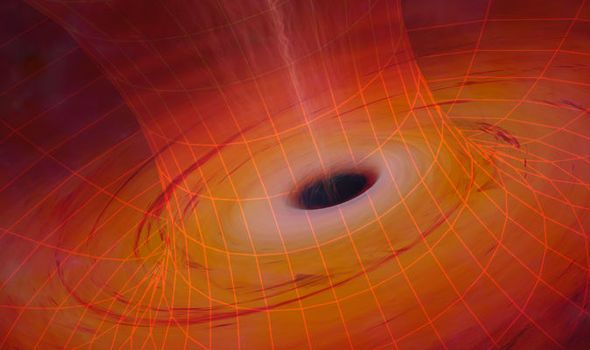
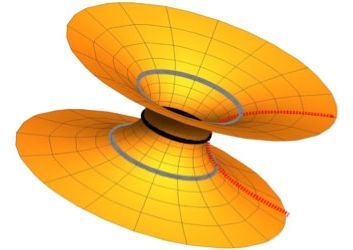
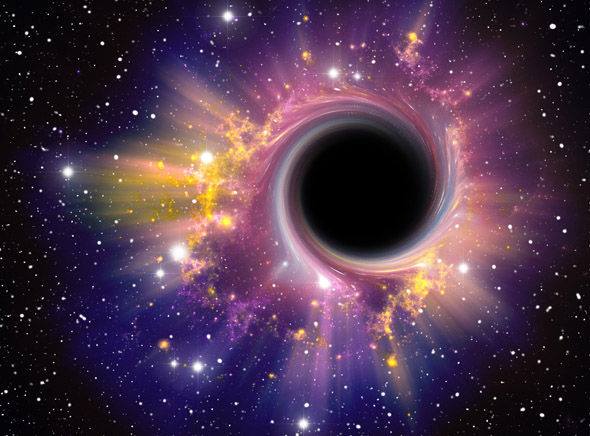

The concept is known as a “parallel universe,” and is a facet of the astronomical theory of the multiverse. There actually is quite a bit of evidence out there for a multiverse. First, it is useful to understand how our universe is believed to have come to be.
Around 13.7 billion years ago, simply speaking, everything we know of in the cosmos was an infinitesimal singularity. Then, according to the Big Bang theory, some unknown trigger caused it to expand and inflate in three-dimensional space. As the immense energy of this initial expansion cooled, light began to shine through. Eventually, the small particles began to form into the larger pieces of matter we know today, such as galaxies, stars and planets.
One big question with this theory is: are we the only universe out there. With our current technology, we are limited to observations within this universe because the universe is curved and we are inside the fishbowl, unable to see the outside of it (if there is an outside.)
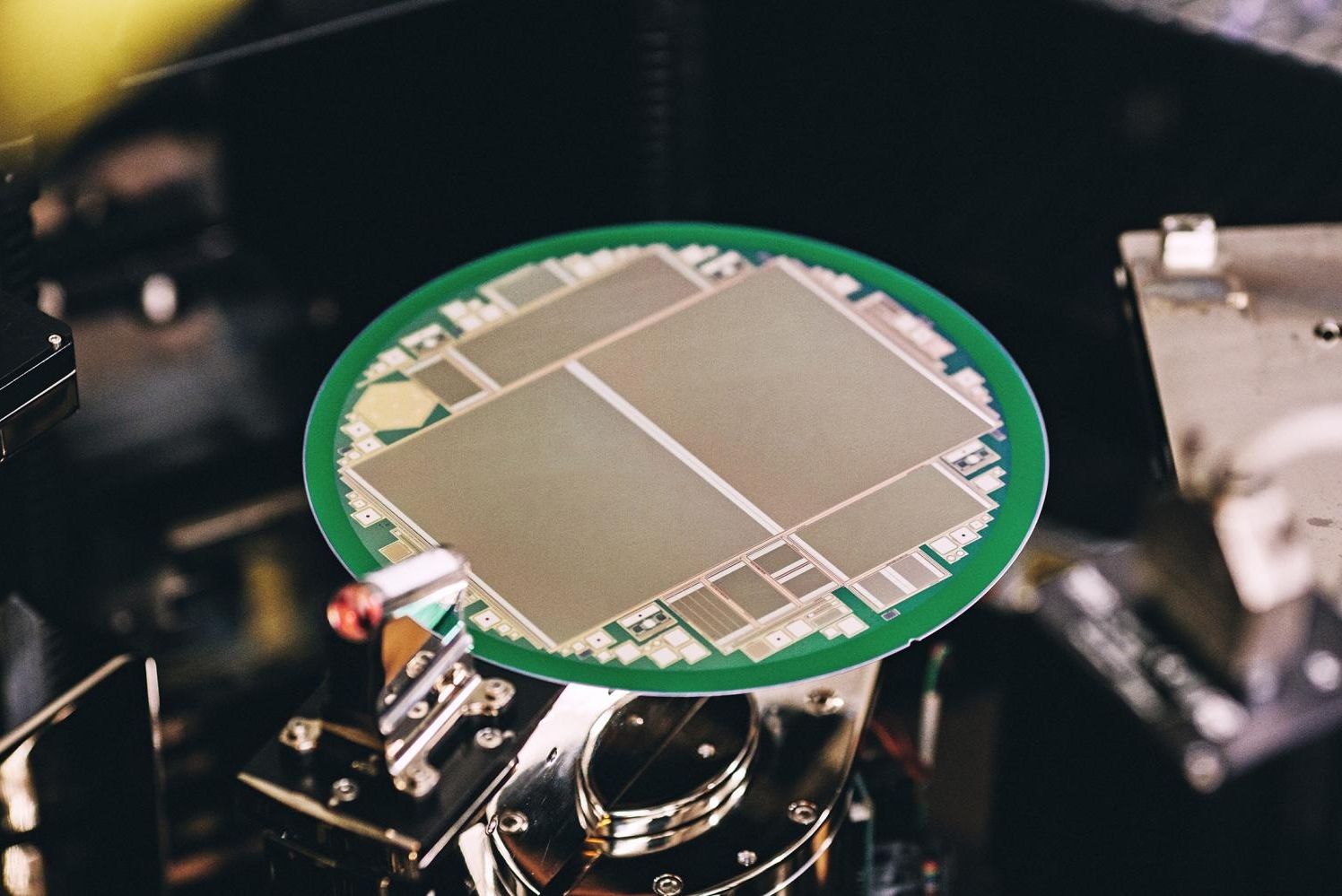
Ninety-five percent of the universe is still considered unexplored. Scientists at CERN, the world’s largest particle physics research center, located in Geneva, are working on solving these mysteries. In May 2012, researchers there discovered the so-called Higgs Boson, whose prediction won Peter Higgs and François Englert the Nobel prize in physics. One of the things CERN scientists are researching at the moment is dark matter: Although it may well have five times the mass of visible matter in the universe, this extent can only be indirectly proved. With a bit of luck, CERN will also succeed in generating dark matter.
A unique sensor chip can contribute to proving the existence of dark matter: It is eight inches or 15 cm x 10 cm and was developed jointly by Infineon Technologies Austria and the Austrian Academy of Sciences’ Institute of High Energy Physics (HEPHY). Tens of thousands of these silicon components could be used at CERN in the near future. They are not only more economical to produce than previous sensors, which measured up to six inches. The components also stand up better to constant radiation and thus age slower than the previous generation. Planned experiments will scarcely be possible without resistant sensors.
The experiments at CERN are analyzing the structure of matter and the interplay among elementary particles: Protons are accelerated almost to the speed of light and then made to collide, giving rise to new particles whose properties can be reconstructed with various detectors. “In particle physics and cosmology, there are many questions that are still open and to which mankind still has no answer,” says Dr. Manfred Krammer, head of the Experimental Physics Department at CERN. “To make new advances in these areas, we need a new generation of particle sensors. Cooperation with high-tech companies like Infineon allows us to develop the technologies we need for that.”